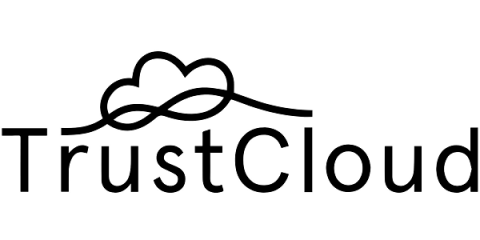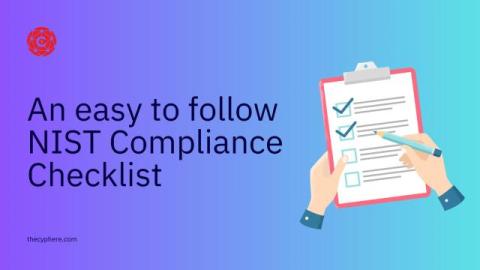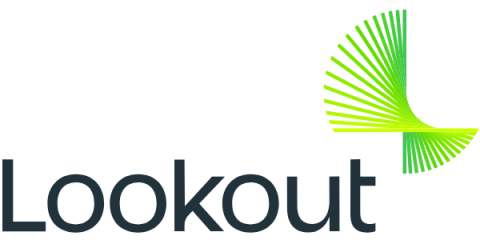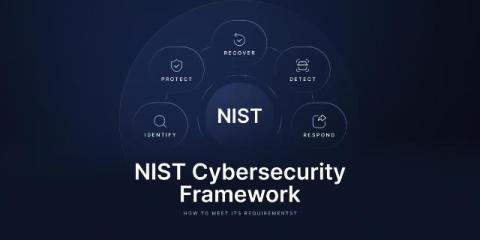Proactive cybersecurity leadership: Implementing the NIST Cybersecurity Framework (CSF)
According to a recent Gartner report, 88% of boards view cybersecurity as a business risk, not just an IT issue, underscoring the critical need for organizations to adopt robust, scalable frameworks to manage cybersecurity risks. In today’s rapidly evolving threat landscape, frameworks like the NIST Cybersecurity Framework (CSF) are pivotal for safeguarding organizations from vulnerabilities while maintaining alignment with business objectives.






